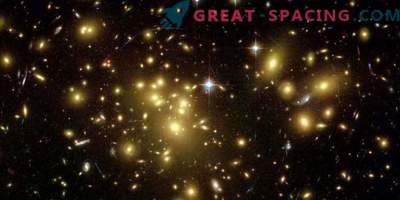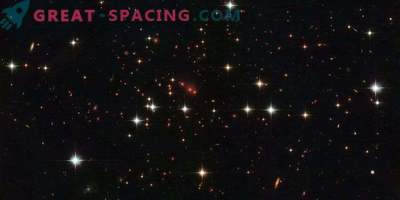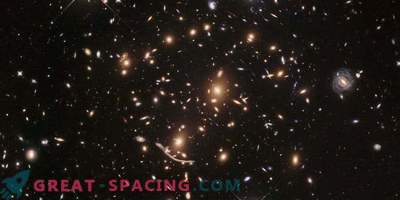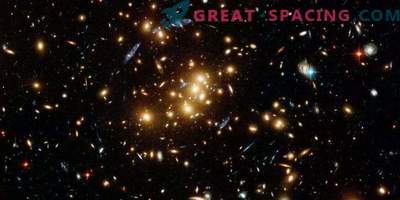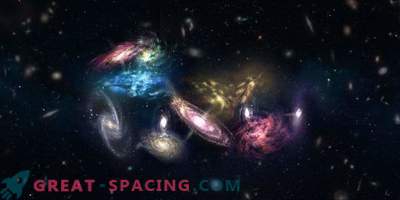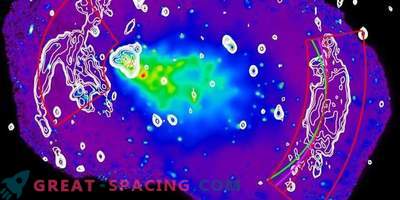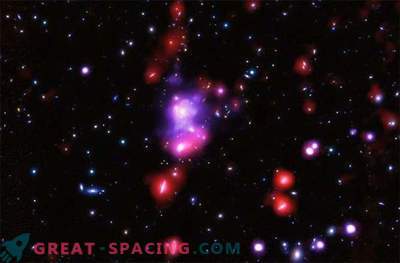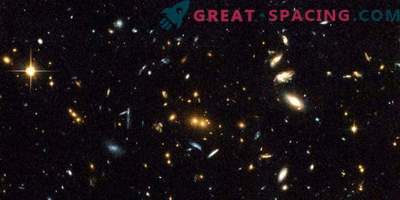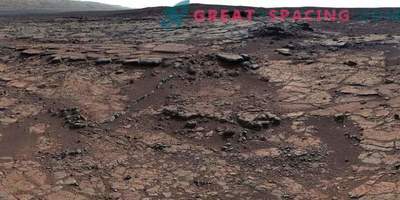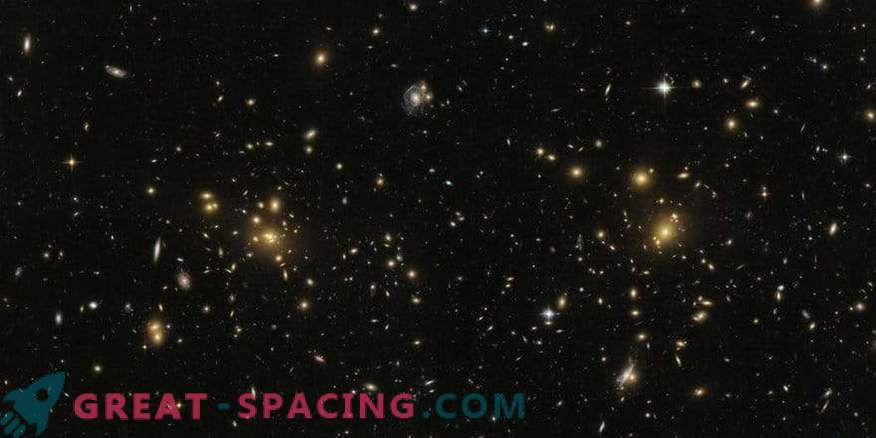
This beautiful galactic cluster, resembling a swarm of twinkling fireflies, flares up intensely in space. A1758N is a cluster of Abell 1758, a massive cluster containing hundreds of galaxies. This image may seem completely calm, but in fact there are two more smaller structures that are in a turbulent merging process.
For the first time the cluster was noticed in 1958 and initially registered as a single massive object. But after 40 years, we re-observed the satellite X-ray telescope ROSAT and realized that we were faced with two structures.
Since then, Abell 1758 has been monitored by various observatories: Hubble, Chandra, XXM-Newton, etc. The cluster has two sub-clusters, the distance between which is 2.4 million light years. They are called A1758N (northern) and A1758S (southern). They are bound by gravity, but have no signs of interaction.
The image shows only the northern structure, which is divided into the East (A1758NE) and the West (A1758NW). In each sub-cluster A1758A, violations are observed, since they were formed from the collision of smaller clusters.
Increase in galactic cluster A1758 N
The researchers also found a radio halo and two radio residues in Abell 1758. In the Hubble survey, they are not visible, but radio telescopes see a strange halo of radiation around the cluster. Radio halo is a large-scale source of diffuse radio emission. It is believed that they are created in the collision and acceleration of clusters.
Such collisions are the most energetic events in space. Understanding the process of merging clusters allows scientists to understand how structures expand, and the Universe develops. It also affects the study of dark matter.
The image was made on the wide-angle camera 3 of the Hubble telescope as part of the RELICS program.

